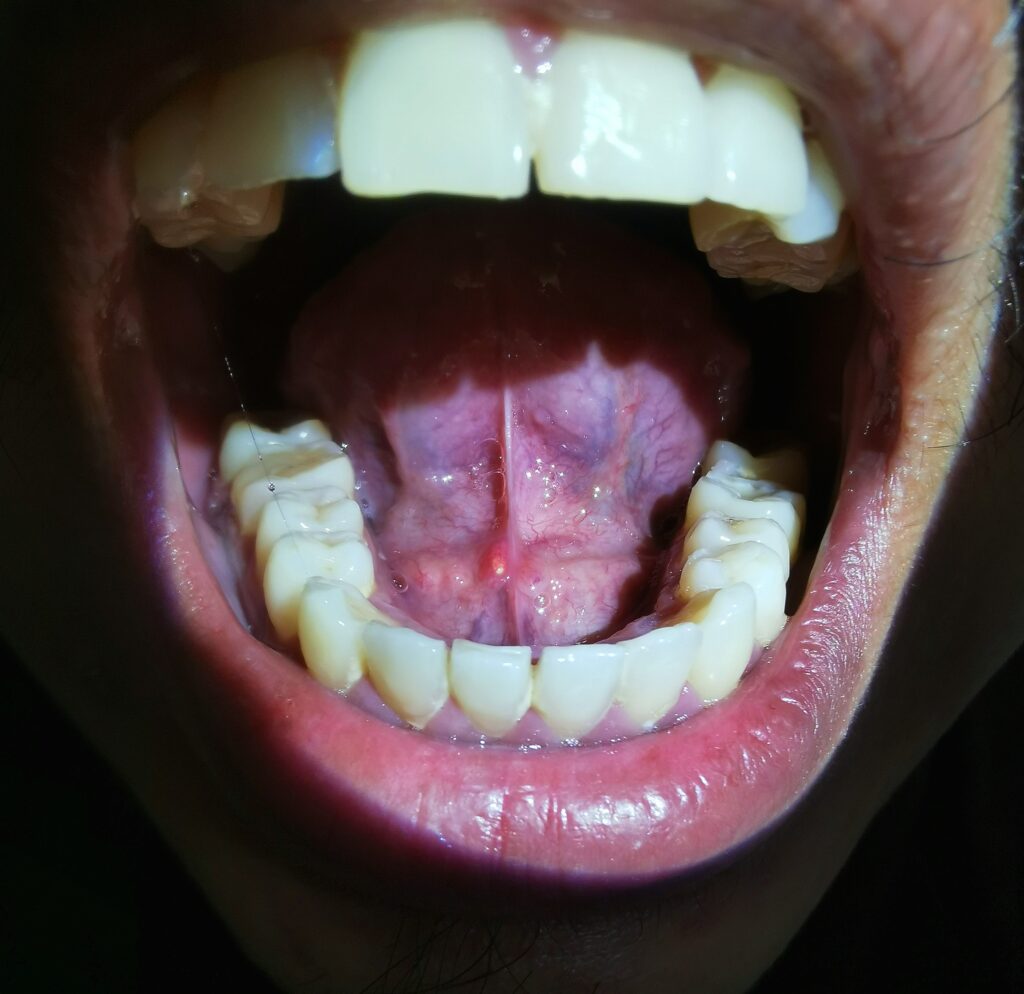Saliva is a clear, watery substance produced by glands in the mouth that is often taken for granted. However, an adequate flow of saliva is important in maintaining the health of our mouths and bodies.
In this blog, we will explore the process of saliva production and the glands responsible for the process.
Saliva Production Process
Saliva is produced from the major and minor salivary glands which are located on the face and inside the mouth. These salivary glands are triggered to produce saliva when we chew or taste food, when we smell or think of food. Fun fact: acidic or sour food is the most stimulating trigger for saliva production, and sweet food is the least stimulating).
These salivary glands are made up of different kinds of cells that dictate the quality of our saliva, whether it is thicker or more fluid like. These cells are arranged almost like grapes where the round clusters are where the saliva originates, and this travels through a series of ever-widening ducts (analogy: grape branches) to eventually reach our mouth.
The process of saliva production begins when the salivary glands receive a signal from the brain and nervous system to secrete saliva. Once the signal is received, the cluster of cells release water and electrolytes, such as sodium and potassium, into the ducts. The water and electrolytes mix with mucus and enzymes produced by the glands to create saliva.

Glands Responsible for Salivary Production
Salivary glands may be divided into major and minor salivary glands The major salivary glands are the paired parotid glands, submandibular glands, and sublingual glands.
The parotid glands are the largest of the 3 major salivary glands and are located in the cheeks, near the ears. They produce a watery, enzyme-rich saliva that helps to moisten and lubricate the mouth and begin the process of digestion. The parotid duct exits near the second upper molar
The submandibular glands are located under the jaw and produce a thicker, more viscous saliva that helps to neutralize acids in the mouth and protect the teeth from cavities. The submandibular duct exits under the tongue.
The sublingual glands are located under the tongue and produce a watery saliva that helps to keep the mouth moist and lubricated, and drains into the floor of the mouth.
Minor salivary gland tissue is comprised of 800-1000 small salivary glands distributed behind the nose, in the oral cavity and the throat.
In conclusion, saliva is produced by glands in the mouth in response to the presence or anticipation of food. The parotid, submandibular, and sublingual glands all play a role in the production of saliva, which has a variety of important functions in maintaining oral and overall health.
Say goodbye to ear, nose, and throat discomfort with our expert ENT care.
Book now to schedule your appointment with an experienced ENT doctor near you and start feeling better today.
Your health is our priority.

